Insect, Fungus, or Both?
emcd124
11 years ago
Related Stories

GARDENING GUIDESGreat Design Plant: Helianthus Maximiliani Attracts Beneficial Insects
Maximilian sunflower’s striking yellow flowers light up the fall landscape and attract pollinators and beneficial insects at a crucial time
Full Story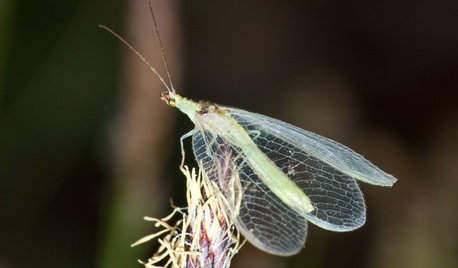
GARDENING GUIDESLook Out for Lacewings: Beneficial Insects Coming to a Garden Near You
Lacewings are delicate insects that produce alligator-like, hungry offspring that devour aphids and other garden pests
Full Story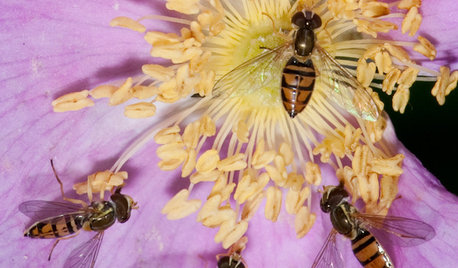
GARDENING GUIDESThis Fly Is One of the Most Beneficial Insects Around
Meet the syrphid fly, a colorful pollinator that also beats chemicals for controlling aphids and other garden pests
Full Story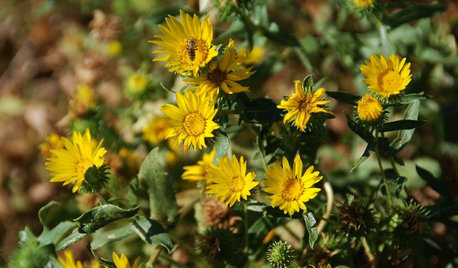
GARDENING GUIDESGreat Design Plant: California Grindelia Species for Beneficial Insects
Use gum plants as reliable summer bloomers and to provide habitat for California native bees, butterflies and other beneficial insects
Full Story0
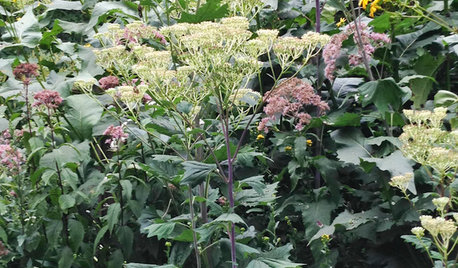
GARDENING GUIDESGreat Design Plant: Pale Indian Plantain Stands Tall and Proud
Height and generous flower heads earn Arnoglossum atriplicifolium the attention of both human and insect visitors
Full Story
FALL GARDENING7 Reasons Not to Clean Up Your Fall Garden
Before you pluck and rake, consider wildlife, the health of your plants and your own right to relax
Full Story
GARDENING GUIDESInvite Mining Bees to Your Garden by Planting Their Favorite Plants
Look for mining bees (Andrena) pollinating woodland wildflowers in U.S. gardens this spring
Full Story
GARDENING AND LANDSCAPING8 Rot-Resistant Woods for Your Outdoor Projects
No need for chemical treatments on your deck or pergola. These woods stand up to weather, insects and time beautifully on their own
Full Story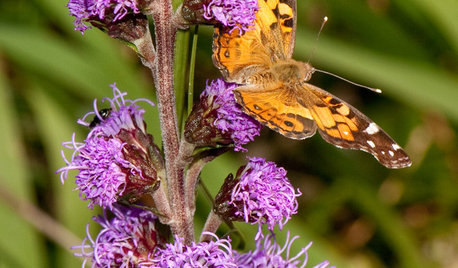
GARDENING GUIDESAmerican Lady Butterflies Add Delight to Summer Gardens
Provide native nectar and larval host plants to welcome these migratory butterflies
Full Story
FLOWERS AND PLANTSHelp Monarchs and Other Butterflies by Planting Common Milkweed
Summer-blooming Asclepias syriaca is an important larval host plant for the monarch butterfly and attracts a number of pollinating insects
Full Story





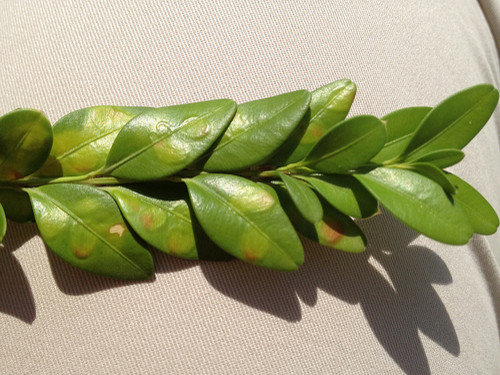
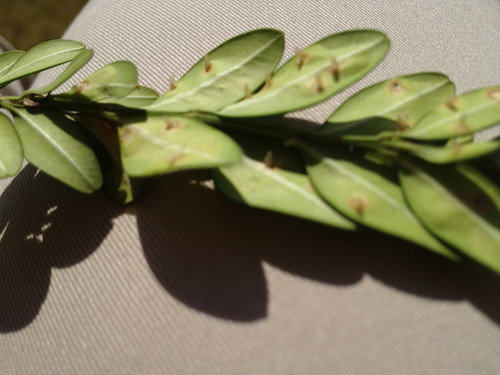
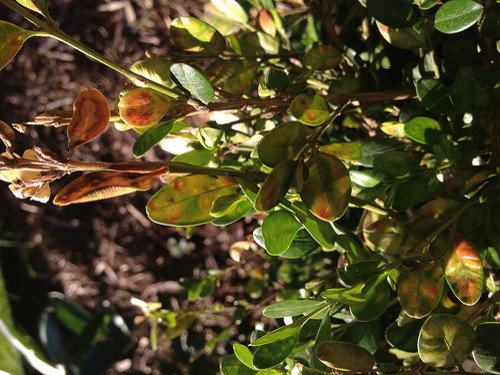

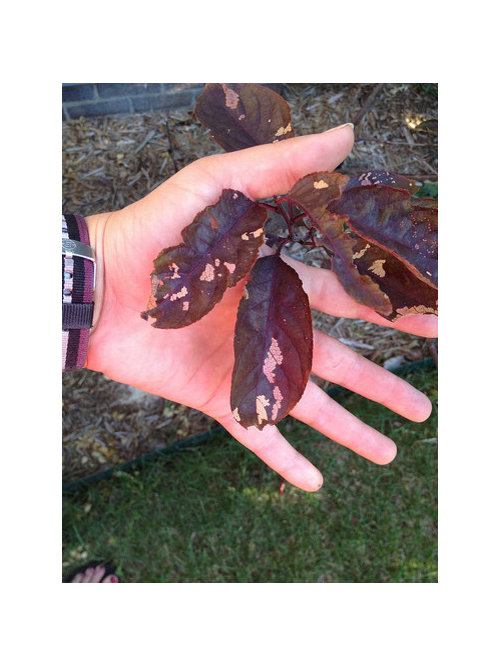

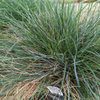
steven1032
rhizo_1 (North AL) zone 7
Related Professionals
Maple Valley Landscape Architects & Landscape Designers · Lyons Landscape Architects & Landscape Designers · Lakeland Landscape Contractors · Braintree Landscape Contractors · Concord Landscape Contractors · Ellicott City Landscape Contractors · Fairfield Landscape Contractors · Fishers Landscape Contractors · Framingham Landscape Contractors · Lake Worth Landscape Contractors · Lemoore Landscape Contractors · Norwalk Landscape Contractors · Saint Paul Landscape Contractors · San Benito Landscape Contractors · Wentzville Landscape Contractorsemcd124Original Author
rhizo_1 (North AL) zone 7
Kimmsr
emcd124Original Author
rhizo_1 (North AL) zone 7
emcd124Original Author
rhizo_1 (North AL) zone 7
emcd124Original Author